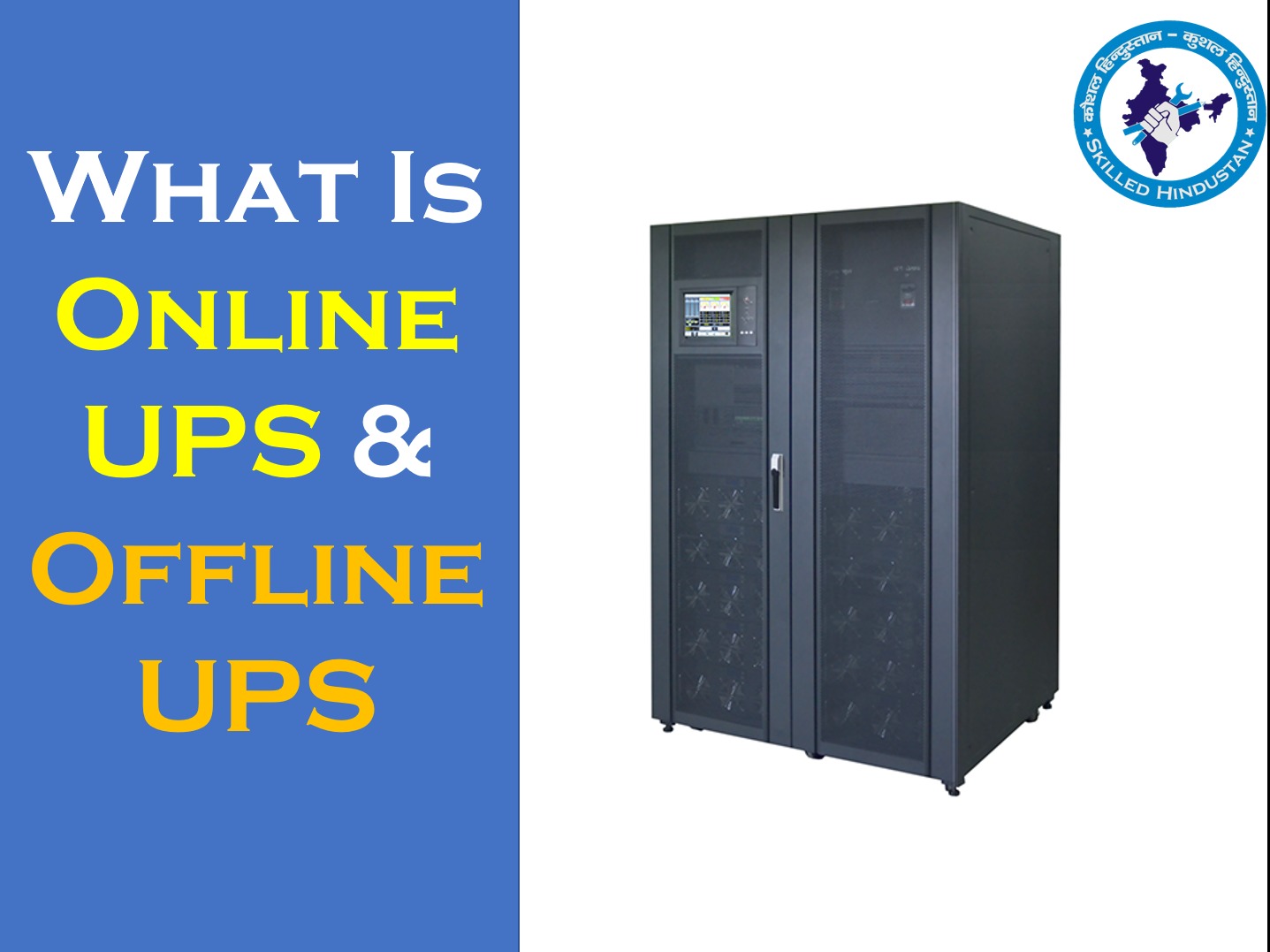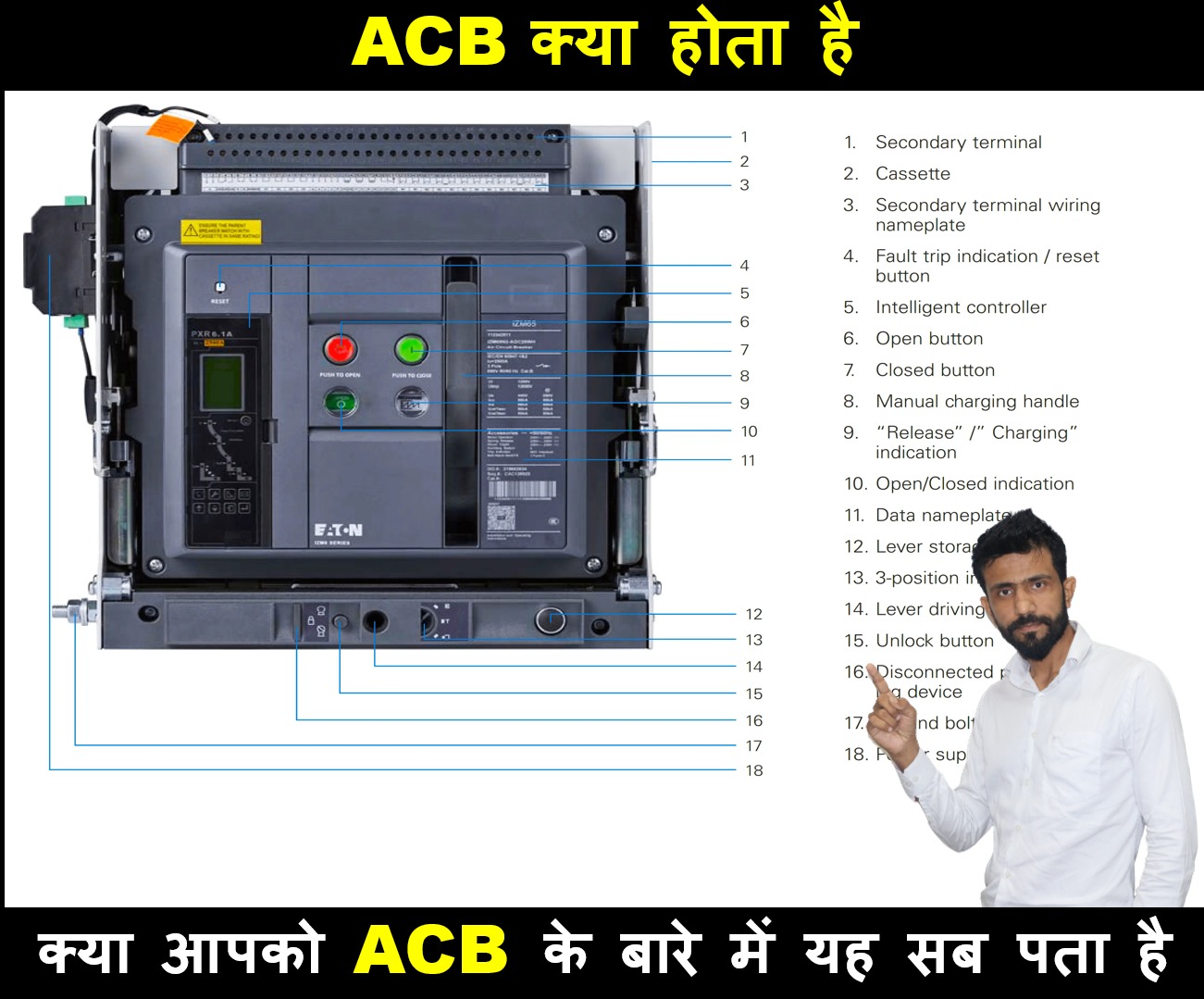
Online UPS (Uninterruptible Power Supply) and Offline UPS, also known as Standby UPS, are two types of UPS systems that offer different methods of power protection. Here are the key differences between the two:
Online UPS:
Continuous Operation:
- Online UPS: In an online UPS, the connected devices are always powered by the inverter, which converts AC power to DC and then back to AC. This means that the devices are continuously supplied with power from the UPS inverter, regardless of the quality of the incoming utility power.
Protection Against Power Fluctuations:
- Online UPS: Online UPS systems provide complete protection against power fluctuations, surges, sags, and electrical noise. The connected devices are isolated from the utility power, ensuring a stable and clean power supply.
Battery Backup:
- Online UPS: Online UPS systems always supply power from the internal battery, which is continuously charged. During a power outage, the UPS seamlessly switches to battery power, ensuring uninterrupted power supply to the connected devices.
Switching Time:
- Online UPS: Online UPS systems have zero transfer time during a power outage because the devices are always running on the UPS inverter. There is no interruption when switching to battery power.
Efficiency:
- Online UPS: Online UPS systems are highly efficient, especially in double conversion mode, where the incoming AC power is converted to DC and then back to AC. However, they are slightly less efficient than offline UPS systems.
Offline UPS (Standby UPS):
Intermittent Operation:
- Offline UPS: In an offline UPS, the connected devices are normally powered directly from the utility power. The UPS inverter is activated only when the UPS detects a power outage or abnormal voltage levels.
Protection Against Power Outages:
- Offline UPS: Offline UPS systems provide basic protection against power outages. When a power outage occurs, the UPS switches to battery power after a brief delay, providing temporary power to the connected devices until the backup generator starts or the power is restored.
Battery Backup:
- Offline UPS: The internal battery in an offline UPS is used only when the UPS detects a power outage. The battery is not in use during normal operation when the utility power is stable.
Switching Time:
- Offline UPS: Offline UPS systems have a switching time (usually a few milliseconds) when transitioning from the utility power to battery power. During this short period, there might be a brief interruption in power to the connected devices.
Efficiency:
- Offline UPS: Offline UPS systems are generally more energy-efficient because they operate the devices directly from the utility power most of the time. They are more efficient than online UPS systems under normal operating conditions.
In summary, online UPS systems provide continuous and high-quality power supply by always operating on the inverter, while offline UPS systems switch to battery power only during power outages or when abnormal voltage levels are detected, resulting in a brief interruption in power. The choice between online and offline UPS depends on the specific power protection needs and budget constraints of the user.

